Description
People are telling stories. This a book of stories, one about Carla who becomes the subject of her teachers, friends and parents’ sympathetic planning for school integration. Another story recounts the integration process for high school student, Katherine Woronko. Norman Kunc tells the story of his friend who, like himself has cerebral palsy and who, despite everyone’s warnings that he was being unrealistic, manages to secure apparatus for modifying a car, thus enabling him to get a driver’s license. These and many other stories fill the pages of More Education/Integration. The book includes lots of interesting and helpful discussions of current professional debates, for example whether or not the concept of “least restrictive environment” is outmoded and should be replaced by the far simpler idea of integration — the answer is yes –; whether there is a place any more for a continuum of services that legitimizes segregated education — the answer is no –; and whether whole school boards can commit themselves to achieving integration — the answer is yes. These debates take on life, meaning and urgency as the many stories of children’s and families’ experiences with integration and segregation surround, explain and illustrate the arguments. For a number of years, educators thought about integration as having been accomplished if students labelled disabled were able to receive their education within the walls of typical schools attended by unlabelled students as well. This book makes clear the fact that physical proximity does not constitute integration. Real integration must be purposeful. Hence, More Education/Integration reveals certain essential elements for integration: a belief that the education of each student is equally important; recognition that integration is not an experiment or a curricular innovation but is rather a constant aspect of quality schooling; opportunities for students of all abilities to develop friendships with each other; understanding that all students have gifts and can contribute to the life of a school and community; involvement of all the school’s staff, not just special education and assessment experts, in making integration work; and use of cooperative learning, group goal structuring and other teaching a.pproaches that encourage student participation. Much of the integration described in this book and becoming -the standard for “full” or “complete” integration is happening by educating students of dramatically varying abilities in the same classrooms together.
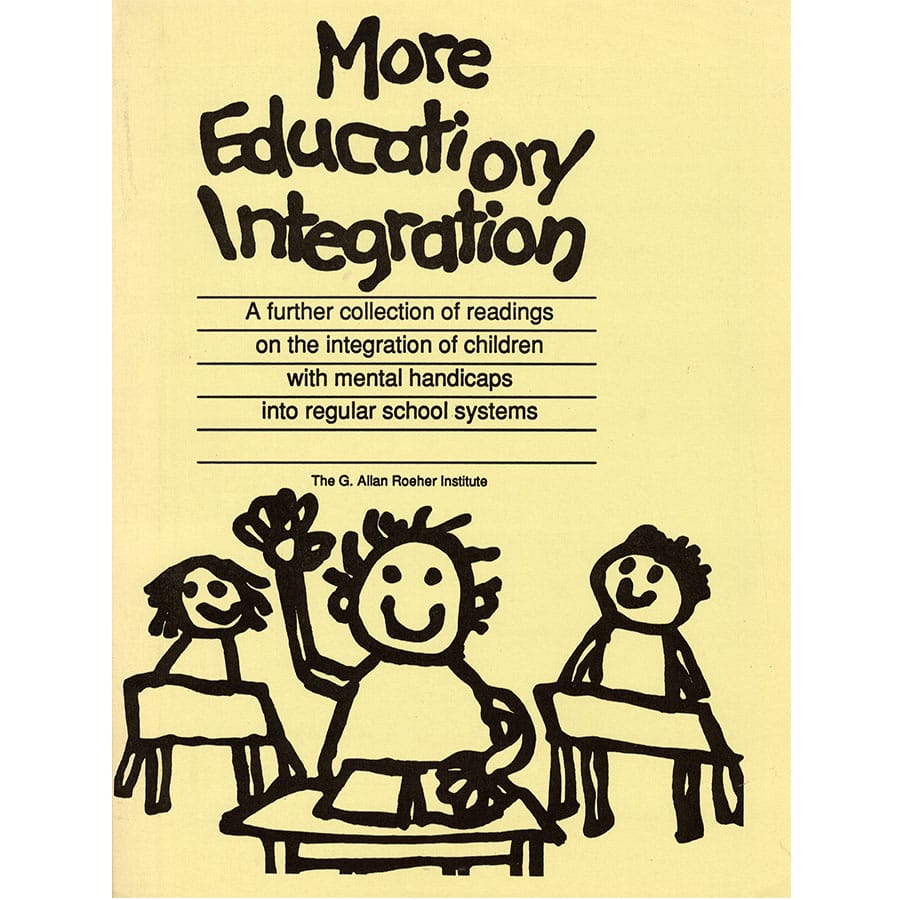
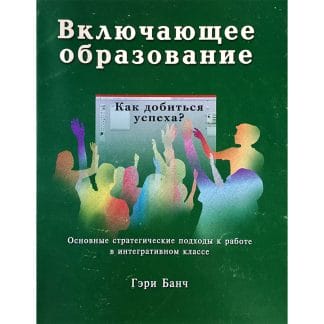
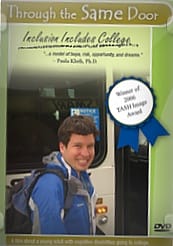

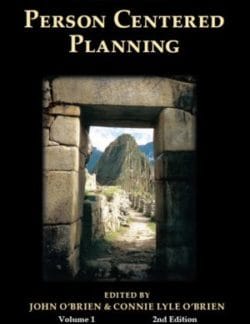

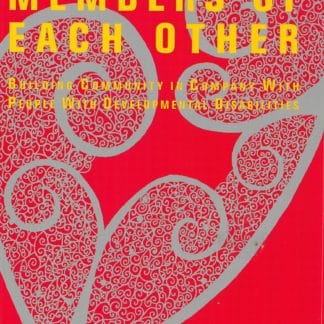

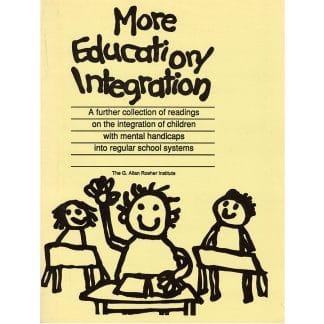
Reviews
There are no reviews yet.